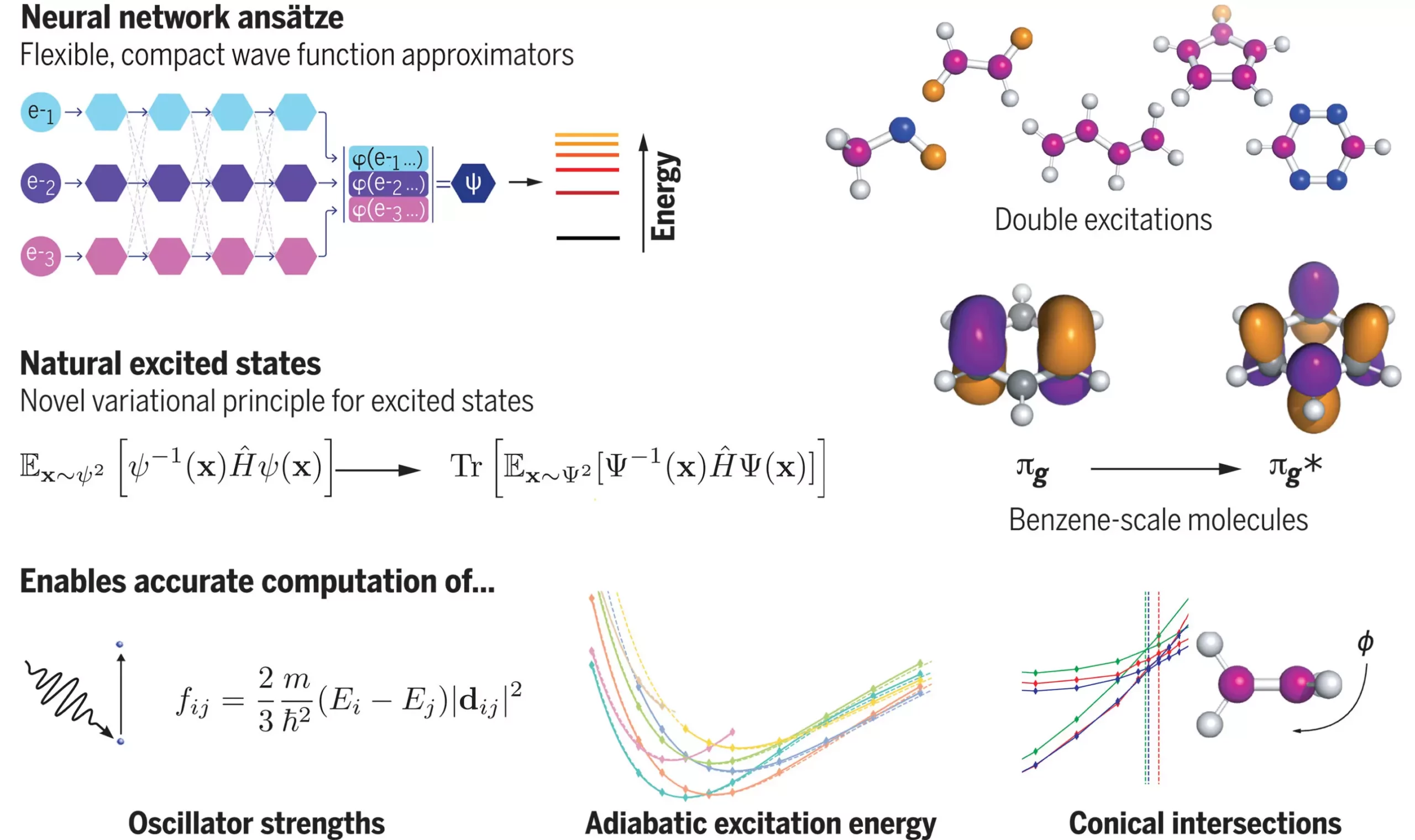The latest research in the field of molecular modeling has introduced a groundbreaking solution to the intricate challenge of understanding the states of molecules through the implementation of neural networks, a form of artificial intelligence inspired by the human brain. This innovative approach has paved the way for a deeper comprehension of how molecules transition between different states, particularly excited states, when subjected to external stimuli such as light or high temperatures.
The ability to accurately model the transition of molecules between various states is crucial for a wide range of applications, from the development of new materials to the synthesis of chemicals. By harnessing the power of neural networks, researchers can effectively simulate complex molecular systems, enabling them to predict the behavior of molecules under different conditions before conducting physical experiments in the lab. This could lead to significant advancements in various fields such as materials science, chemistry, and even biology.
Challenges in Modeling Molecular Transitions
One of the major challenges in modeling molecular transitions lies in the quantum nature of excited electrons within molecules. These electrons exhibit probabilistic behavior, making it extremely difficult to determine their precise positions at any given moment. Traditional methods of modeling molecular states often fall short in accurately predicting these transitions due to the inherent complexity of quantum mechanics.
Led by a team of scientists from Imperial College London and Google DeepMind, the groundbreaking study published in Science demonstrates the effectiveness of deep neural networks in accurately modeling the energy of atoms and molecules from first principles. The researchers introduce a novel mathematical approach coupled with a neural network called FermiNet, which represents a significant advancement in the field of computational chemistry.
Promising Results and Future Implications
Through extensive testing on various complex molecular structures, including the carbon dimer, the research team achieved remarkable results, with a mean absolute error of only 4 meV compared to experimental data. This level of accuracy represents a significant improvement over existing methods, showcasing the potential of neural networks in revolutionizing molecular modeling techniques.
The integration of neural networks in molecular modeling represents a paradigm shift in the field of computational chemistry. By leveraging the power of artificial intelligence, researchers can gain unprecedented insights into the behavior of molecules at the quantum level, opening up new possibilities for the design of advanced materials and chemical processes. The future of molecular modeling looks bright, with neural networks leading the way towards more accurate and efficient computational simulations.

